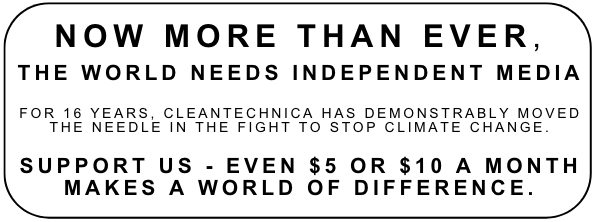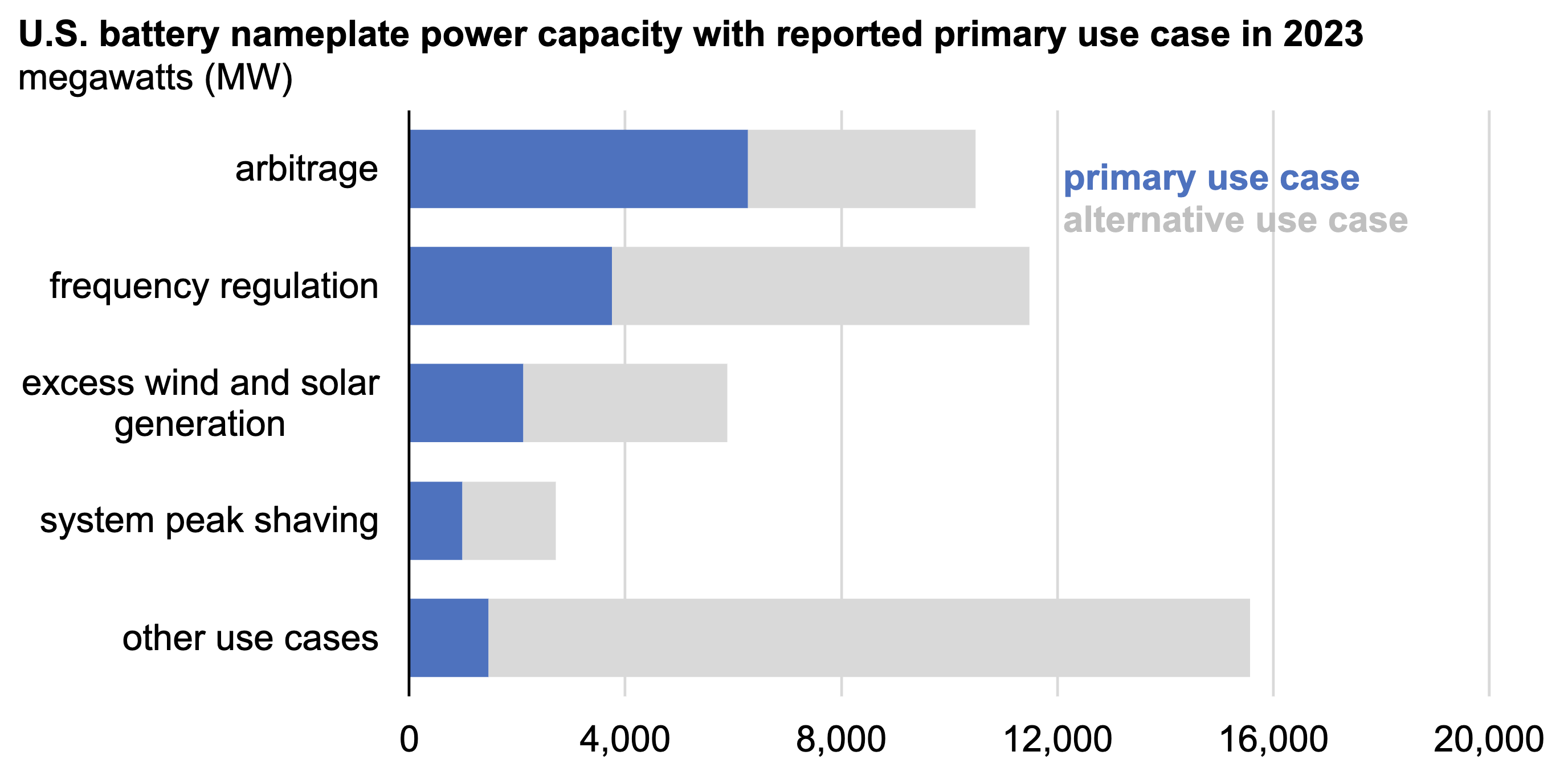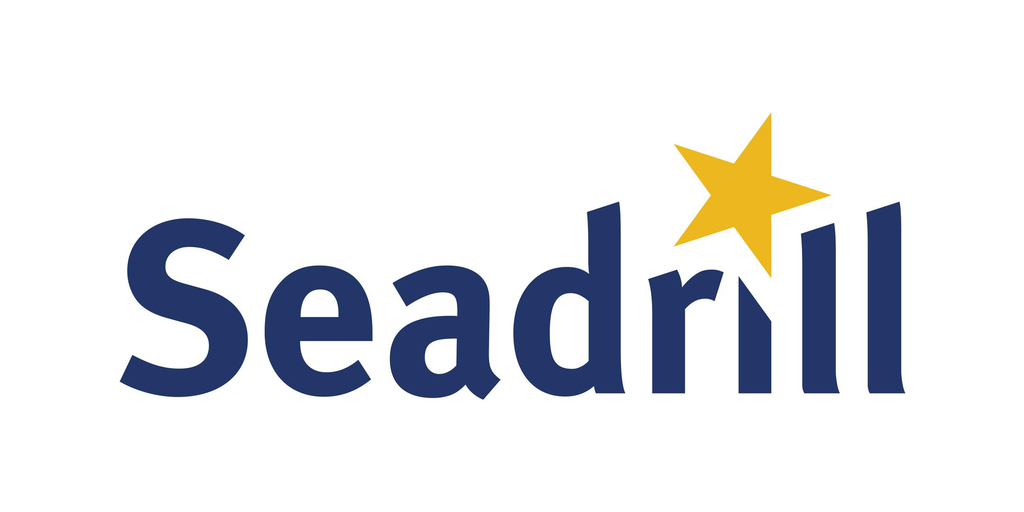
Sign up for daily news updates from CleanTechnica on email. Or follow us on Google News!
In this era of constantly evolving solar technology, a patchwork of outdated design and sales software is not only so-last-century — it can inhibit solar consumers from obtaining the best return on their investment. Today’s state-of-the-art solar platform needs to transform the process of designing, selling, and delivering projects. So, when Aurora Solar’s people contacted CleanTechnica, describing their uncomplicated, personalized solar customer experience, we were interested to learn more.
The company says it is different because it is putting the power of data and technology into the hands of every solar professional to make solar adoption simple and predictable. Its cloud-based platform uses data, automation, and AI to streamline workflows and grow solar businesses faster. More than 7,000 of the industry’s top organizations rely on Aurora and over 10 million solar projects have been designed with the platform globally.
But it was more than Aurora Solar’s ingenuity and innovation that compelled us — its recent research indicates that it is ready to embrace new workers in the clean energy sector, which has shown industry growth of 66% in the last year. The conclusions point — at least in part — to Gen Zers who believe renewable energy can drive economic growth and create green jobs. Aurora Solar acknowledged in initial conversations with CleanTechnica that “there’s a stark reality – only 22% of the energy workforce and 32% of the renewable workforce are made up of women. The rising job opportunities in trades like solar are also causing a growing labor shortage. Therefore, we need more women to explore this industry.”
The following is the CleanTechnica exclusive interview with Carina Brockl, chief revenue officer of Aurora Solar.
It’s well known that today’s youth want more renewable energy. Your data indicates that 85% of Gen Z believe that renewable energy development can boost the US economy and create green jobs. What can be done to capture this momentum and translate it into more renewable energy options?
Today’s younger workforce looks for purposeful work that provides opportunities to make a positive difference in the world. Gen Z is rethinking the value of a traditional four-year degree, and while renewable trade jobs require years of training, trade school enrollment is rising, per the National Student Clearinghouse Research Center. Trade jobs (e.g. electricians) may not be the first career that comes to mind, but these professionals are key in building our sustainable future. We must identify, incentivize, and train the next generation of frontline skilled trades.
Only a small percentage of the energy workforce in general and the renewable workforce specifically is made up of women. What can be done at academic, vocational, and union sites to reach out to women and bring them into the renewable energy industry?
To effectively address the labor gap, trade industries like solar need to make skilled roles more appealing to women. A key opportunity lies in amplifying the success of women already thriving in solar and other trade jobs, particularly through platforms like LinkedIn. This platform helps many professionals with shared interests to connect fostering greater awareness. Additionally, creating more mentorship opportunities such as 1:1 meet-ups or mentorship events is critical in helping attract more women into these specific fields, providing them with the guidance and support needed to succeed.
Might you elaborate as to the significance of the new data that “two-thirds (66%) of professionals surveyed indicated that they increased in size over the past year?”
We’ve seen an upward trend in professionals entering the clean energy sector. I believe two factors contributing to this are: the IRA and the growth of clean energy. As the largest legislative initiative addressing climate change in the U.S., the IRA is reshaping clean energy investments and strengthening domestic supply chains. The growth of solar, battery storage, and EVs in particular are disrupting the current energy system and helping build a sturdy avenue for professionals to join and make a greater impact.
What is the cost-benefit ratio now — as opposed to 5 or 10 years ago– when considering solar?
The cost-benefit ratio of solar significantly improved over the last 5-10 years. Hard costs, such as inverters, have dropped dramatically, while soft costs like permitting and labor remain steady. Incentives, including the IRA’s 30% federal Investment Tax Credit for PV system owners and local rebates, also lower upfront expenses. Additionally, programs like net energy metering (NEM) reduce electricity bills over time. With decreasing costs and rising energy prices, solar now offers quicker payback periods and greater lifetime savings compared to a decade ago.
What can be done to expand solar for commercial and residential purposes, specifically? What large and small solar applications do you see becoming mainstream in the next 3, 5, and 10 years?
Expanding solar for residential and commercial use requires integrating solar panels with advanced storage, electrification, and energy efficiency upgrades. Over the next 3-10 years, we can expect widespread adoption of solar-powered homes equipped with EV charging, heat pumps, and energy storage solutions. For businesses, optimized solar-plus-storage systems will become common, reducing energy costs and improving resilience against utility disruptions. These innovations will create more efficient and reliable energy solutions, addressing growing demands for clean, sustainable, and reliable power across diverse applications.
How can solar sales pitches become more user-friendly? What can be done to expedite private solar installations? When will small solar arrays be more cost-effective to install?
To make solar sales pitches more user-friendly, offering flexible leasing and Power Purchase Agreement (PPA) options through third-party ownership (TPO) programs can help ease financial concerns. Expediting private solar installations can be achieved by simplifying the process with platforms that integrate financing solutions directly with sales tools. Small solar arrays will become more cost-effective as TPO solutions grow, helping homeowners overcome high upfront costs and interest rates, and making solar more accessible to all.
Final Thoughts About Solar Design & New Worker Populations
Renewable energy jobs now comprise more than 40% of the country’s 8.35 million people employed in the energy industry, according to the US Department of Energy’s annual US Energy and Employment Report published in September. Indeed, the US DOE argues that, as job opportunities expand, the clean energy industry should prioritize recruiting workers who have been underrepresented, underserved, and economically excluded.
Women and minority groups are still underrepresented in the solar industry. For example, women (30%) and Black or African American (8%) in the solar workforce were much less represented than in the national workforce in 2023.
The US DOE did acknowledge female leaders in the clean energy movement this autumn by announcing the winners of the 2024 Clean Energy Education & Empowerment (C3E) Awards. This year’s awards went to 9 women in private and public sectors who have demonstrated “outstanding leadership and accomplishments in clean energy.”
Why just women? Because “the C3E Initiative aims to close the gender gap and increase the participation, leadership, and success of women in clean energy fields.” The C3E Initiative is a collaboration between the Massachusetts Institute of Technology Energy Initiative (MIT), Stanford University’s Precourt Institute for Energy, Arizona State University’s Julie Ann Wrigley Global Futures Laboratory, and the DOE.
Aurora Solar was the only climate tech business named to the 2022 Forbes AI 50, and it was voted the best solar software by Solar Power World in 2021.
Have a tip for CleanTechnica? Want to advertise? Want to suggest a guest for our CleanTech Talk podcast? Contact us here.
Sign up for our daily newsletter for 15 new cleantech stories a day. Or sign up for our weekly one if daily is too frequent.
CleanTechnica uses affiliate links. See our policy here.
CleanTechnica’s Comment Policy




